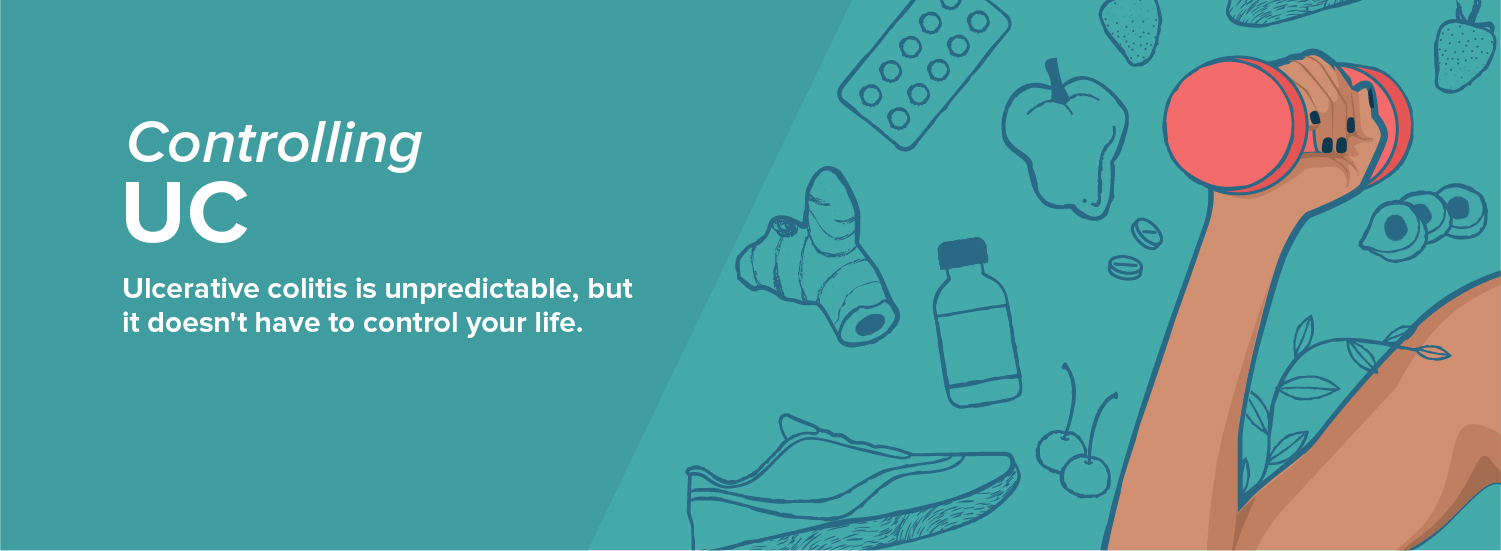Breast Cancer Hormone Therapy: How It Works, Side Effects, and More
Breast cancer is a malignant tumor that begins and grows in the breast. Malignant tumors can grow and invade nearby tissues or travel to distant organs. This progression is called metastasis. Breast cancer treatment aims to remove these tumors and prevent future tumor growth.
Hormone therapy is one type of breast cancer treatment. Often combined with additional treatments, it's considered an adjuvant therapy. For metastatic disease, can be used alone or in people who can't tolerate surgery or chemotherapy. Other treatments include:
- radiation
- surgery
- chemotherapy
In certain breast cancers, the female hormones estrogen and progesterone can stimulate cancer cell growth. Cancers that are hormone receptor-positive grow when hormones attach to the cancer cell receptors. Approximately two-thirds of all breast cancers are hormone receptor-positive, according to the American Cancer Society.
Hormone therapy aims to prevent estrogen from binding to the receptors to slow or prevent cancer growth.
Hormone therapy is only effective for people with hormone receptor-positive tumors. If your breast cancer tumor is hormone receptor-negative, it won't work for you.
There are several types of hormone therapy to treat breast cancer, including:
Selective estrogen receptor modulators
Also called SERMs, these drugs prevent breast cancer cells from binding to estrogen. SERMs block the effects of estrogen in breast tissue but not in other tissues within the body. Traditionally these drugs are only used in pre-menopausal women. The most commonly used SERMs include:
- Tamoxifen(Soltamox, Nolvadex): This medicine prevents estrogen from binding to cells, so that the cancer can't grow and divide; people who take tamoxifen for 5-10 years following breast cancer treatment are less likely to have the cancer return, and more likely to live longer than people who don't, according to the National Cancer Institute.
- Toremifene(Fareston): This drug is only approved to treat breast cancer that has spread to other parts of the body, and may not be beneficial for people who've had limited success using tamoxifen.
- Fulvestrant (Faslodex): This is an injected estrogen receptor-blocking medicine that is commonly used to treat advanced breast cancer, and unlike other SERMs, blocks the effect of estrogen throughout the entire body.
Aromatase inhibitors
Aromatase inhibitors (AIs) prevent the production of estrogen from fat tissue but have no effect on the estrogen produced by the ovaries.
Since AIs can't stop ovaries from producing estrogen they're only effective in postmenopausal women. AIs are approved for postmenopausal women with any stage of estrogen-receptor positive breast cancer. Newer research shows that in premenopausal women AI combined with ovarian suppression is more effective than Tamoxifen in preventing breast cancer recurrence after initial treatment. It's now considered the standard of care.
Common AIs include:
- letrozole (Femara)
- exemestane (Aromasin)
- anastrozole (Arimidex)
Ovarian ablation or suppression
For women who haven't gone through menopause, ovarian ablation may be an option. This can be done medically or surgically. Either method stops estrogen production, which inhibits growth of cancer. Surgical ablation is done by removing the ovaries. Without production of estrogen from the ovaries, you will enter permanent menopause.
Luteinizing hormone-releasing hormones
Drugs called luteinizing hormone-releasing hormones (LHRH) can be used to stop the ovaries from producing estrogen altogether. These drugs include goserelin (Zoladex) and leuprolide (Lupron). This will cause temporary menopause.
Ovarian suppression drugs will induce menopause. Women who choose this option will usually also take an aromatase inhibitor.
SERMs
Tamoxifen and other SERMs can cause:
- hot flashes
- fatigue
- mood swings
- vaginal dryness
- vaginal discharge
These medicines may also increase your risk for blood clots and endometrial cancer. But these side effects are rare. In some cases, tamoxifen can cause stroke and may increase your risk for a heart attack.
AIs
Side effects for AIs include:
- muscle pain
- joint stiffness
- joint pain
Estrogen is important for bone development and strength and AIs limit natural estrogen production. Taking them will increase your risk for osteoporosis and bone fractures.
Hormone therapy only can treat people who have hormone receptor-positive tumors.
Your treatment will depend on whether you are premenopausal or postmenopausal. Premenopausal women should strongly consider ovarian ablation combined with AI over Tamoxifen alone. But this will cause them to enter menopause prematurely.
Fortunately, hormone therapy is quite successful for most people with hormone positive breast cancer. Long-term survival rates for people who use hormone therapy are higher than for those who don't.
If you have breast cancer, talk to your doctor or oncologist about whether you will benefit from hormonal therapy. The treatment reduces the risk of breast cancer recurrence in women with hormone receptor positive breast cancer. It can also prolong life and reduce cancer related symptoms in patients with metastatic or late stage hormone positive breast cancer.
There are different options depending on your menopause status. Know your options and weigh the pros and cons of hormonal therapy.
-
 6 interesting genetic traits that children will inherit from their parents
6 interesting genetic traits that children will inherit from their parents
-
 7 effects of asparagus on child development
7 effects of asparagus on child development
-
 Does cutting blood hair for babies bring good luck?
Does cutting blood hair for babies bring good luck?
-
 The more babies eat, the higher the height they develop, especially the second kind
The more babies eat, the higher the height they develop, especially the second kind
-
 Children with chicken pox should eat to quickly recover from the disease, without leaving a deep scar?
Children with chicken pox should eat to quickly recover from the disease, without leaving a deep scar?
-
 The more food is cooked, the better it can be for health, especially the second type
The more food is cooked, the better it can be for health, especially the second type
-
 Keratoacanthoma: Definition and Patient Education
Keratoacanthoma: Definition and Patient Education
-
 Bulimia Nervosa
Bulimia Nervosa
-
 What Tests Are There for Diagnosing MS?
What Tests Are There for Diagnosing MS?
-
 Restarting with Ulcerative Colitis: Resources for Taking Control
Restarting with Ulcerative Colitis: Resources for Taking Control
-
 Newly Diagnosed with Ulcerative Colitis? Here's What You Need to Know
Newly Diagnosed with Ulcerative Colitis? Here's What You Need to Know
-
 Learning How to Dine Out with Ulcerative Colitis
Learning How to Dine Out with Ulcerative Colitis































